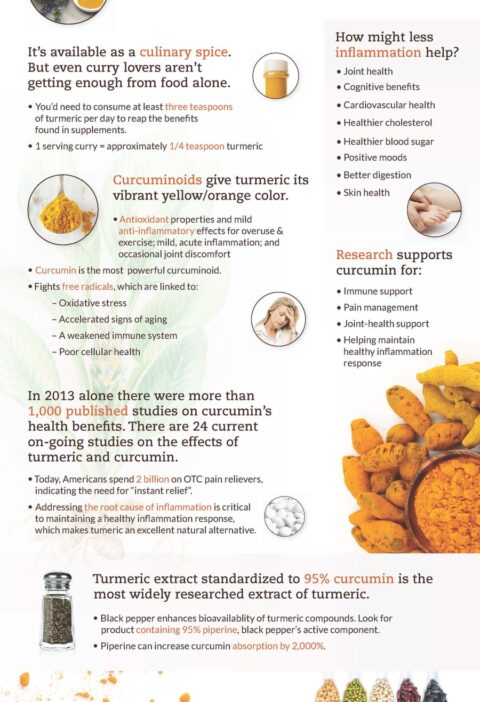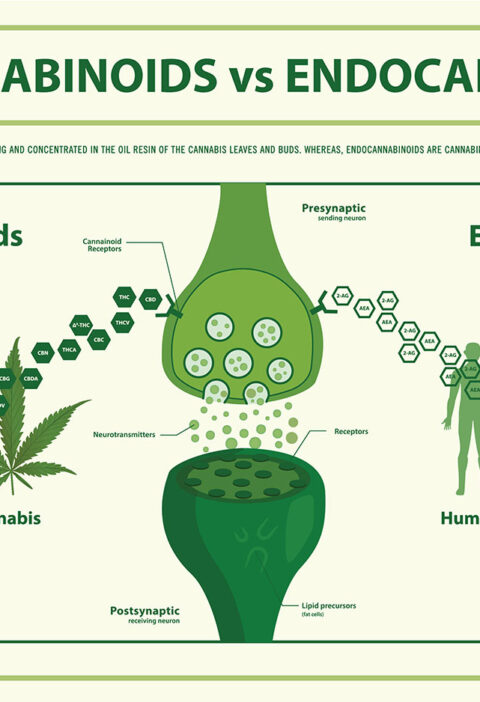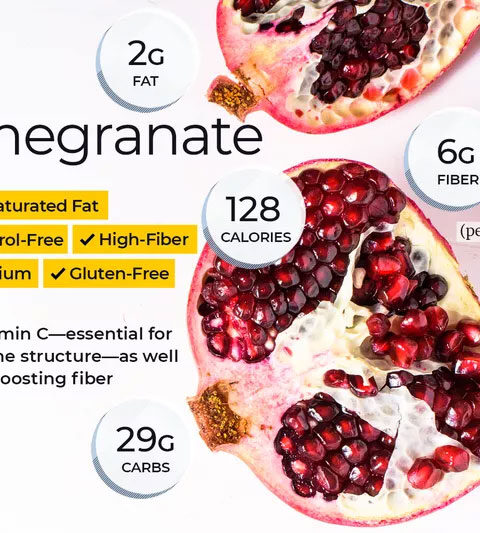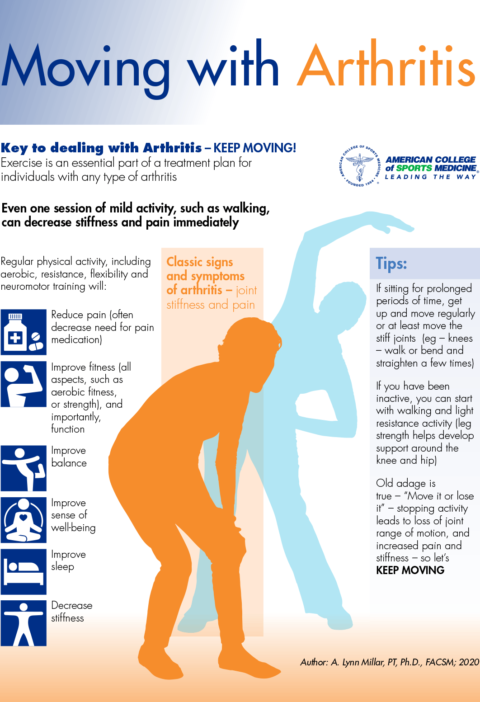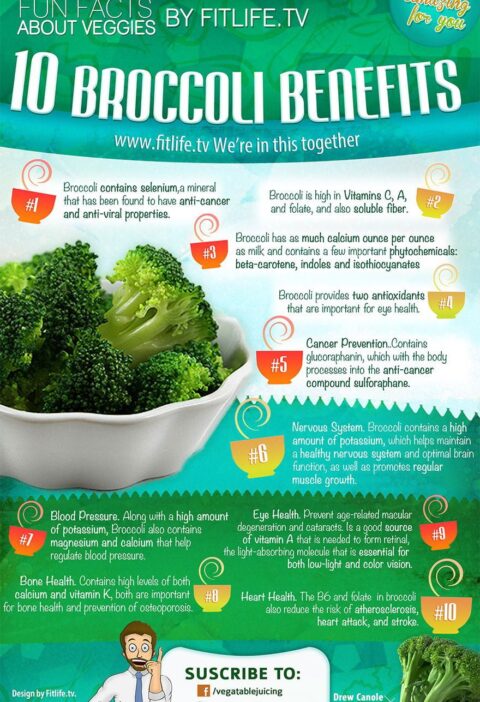Studies have confirmed the efficacy of an antioxidant-rich diet combined with physical activity for arthritis sufferers. Researchers utilized gallic acid, an antioxidant found in green tea, gallnuts, and other plants; and applied stretching mechanisms similar to what happens when walking to cartilage cells obtained from arthritis-afflicted knees; these measures reduced markers of arthritis inflammation while simultaneously improving production of essential proteins found in healthy cartilage1.1
Researchers discovered that when gallic acid was combined with stretching exercises – which serve as exercise for cells themselves – inflammation markers decreased, effectively reversing osteoarthritis symptoms. It’s like having both good nutrition and exercise at once on a microscale level!
Study participants obtained arthritic cartilage cells from knees removed during surgeries for joint replacement surgery as part of this research project. Once cultured in the lab, 6 antioxidant nutritional products such as curcumin, Vitamin E and Vitamin C were tested first as potential antioxidants to counteract free radicals generated from oxidative stress that have the potential for cell damage.
Lab tests determined gallic acid to be the most effective antioxidant at combatting free radicals present in osteoarthritic cartilage cells. After applying and stretching with a cytostretcher at 5% stretching intensity – which mimics how human knees stretch during walking – gallic acid was then applied and stretching was added using an adjustable cytostretcher.
The combination of gallic acid and stretching was found to significantly lower inflammation markers called matrix metalloproteinases. Glycosaminoglycans and collagen deposition was increased, which gives connective tissue its strength, integrity, and resistance against forces from weight on joints. Furthermore, expression levels for two proteins specific to cartilage increased.
Osteoarthritis destroys cartilage in joints, leading to pain and restricting movement. Unfortunately, no full cure exists yet for osteoarthritis; treatments range from prescription painkillers and surgical replacement of the joint with an artificial one; but none offer full range of motion.
An alternative treatment, autologous chondrocyte implantation, involves extracting joint cartilage cells, multiplying them to large numbers, and implanting them back into the joint. However, these re-implanted cells aren’t treated before being implanted back into place and this leads to weaker fibrocartilage growth; additionally osteoarthritis may still impact these cells, meaning full functionality of your joint may not be restored after this procedure has taken place.
This research provides further proof that combining diet and exercise to manage mild osteoarthritis works. Sitting all day on your hands is extremely damaging to cartilage tissue, so regular physical activity should be integrated into daily life to maintain cartilage health.


